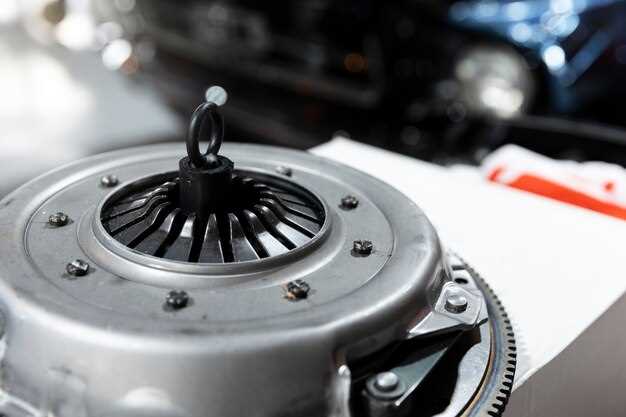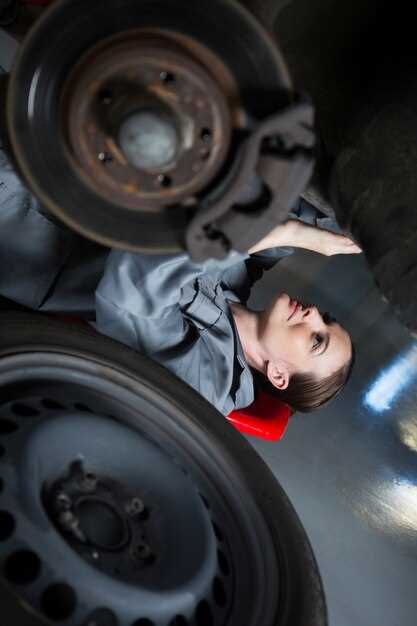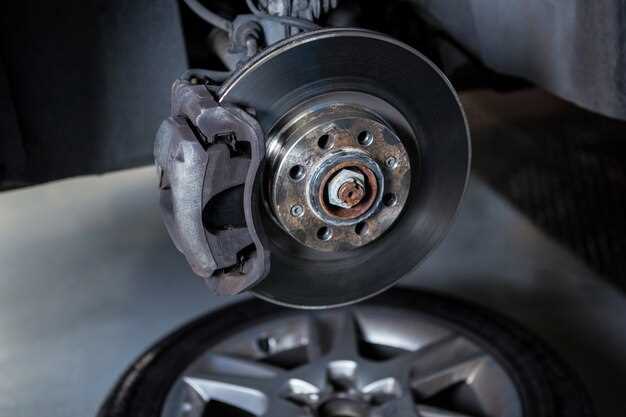
In the high-stakes world of racing, every advantage counts, and the efficiency of your brake system can make a decisive difference on the track. The demands of track racing require superior stopping power, precision, and reliability, as these factors can significantly influence overall lap times and driver confidence. Properly optimizing your brake system not only enhances your vehicle’s performance but also ensures safety, allowing you to push your limits further with peace of mind.
Understanding the key components that contribute to an effective brake system is essential for any racer serious about improving their track performance. This includes selecting the right brake pads, rotors, and fluid, as well as adjusting the brake balance and cooling methods. Each of these elements plays a critical role in achieving the optimum braking performance necessary to navigate sharp turns and rapid accelerations typical of a racing environment.
Moreover, addressing the weight and aerodynamics of your brake system can lead to further enhancements in performance. Lightweight materials can reduce overall weight without sacrificing strength, while aerodynamic designs can improve airflow and cooling efficiency. By investing the time and resources into refining your brake system, you set yourself on a path towards achieving not only faster lap times but also a more enjoyable and controlled racing experience.
Choosing the Right Brake Pad Material for Racing Conditions

Selecting the appropriate brake pad material is crucial for achieving optimum performance on the race track. Different racing conditions–such as track type, weather, and driving style–demand specific brake pad characteristics to ensure effective braking and maintain vehicle control.
There are several types of brake pad materials commonly used in racing, each with unique properties. Organic pads, made from a blend of materials, provide good initial bite and are quieter; however, they tend to fade under severe heat, making them less suitable for extended track sessions.
Semi-metallic pads, consisting of metal fibers mixed with organic components, deliver better heat resistance and durability. They offer consistent performance across a range of temperatures, making them ideal for racing applications where reliability is essential.
Ceramic brake pads are another option, known for their low noise and dust production. While they perform well in certain conditions, their efficiency can diminish at very high temperatures, which may not be optimal for aggressive racing environments.
For ultimate performance, many racers choose carbon-carbon brake pads. These pads excel under extreme conditions, providing exceptional heat resistance and consistent stopping power, ideal for high-performance racing scenarios. However, they can be costly and may require specific disc materials for compatibility.
Ultimately, the choice of brake pad material should align with the specific demands of the race track. Factors such as temperature range, track layout, and personal driving preferences must be considered to ensure that your brakes perform reliably when it counts the most.
Enhancing Brake Cooling: Techniques for Drag Reduction and Heat Management
Effective brake cooling is crucial for achieving optimal performance in racing environments. High temperatures can lead to brake fade, reduced stopping power, and compromised vehicle control. Implementing advanced cooling techniques can mitigate these issues, resulting in enhanced performance on the track.
1. Ventilated Brake Rotors: Utilizing ventilated rotors is one of the most effective strategies for improving brake cooling. These rotors feature internal vanes that promote airflow, dissipating heat more efficiently. By enhancing airflow, the brakes maintain optimal temperatures under intense racing conditions.
2. Ducting Airflow: Introducing dedicated airflow ducting from the front of the vehicle directly to the brake components can significantly enhance cooling. Constructed from lightweight materials, these ducts direct fresh air to the calipers and rotors, reducing the risk of overheating during long races.
3. Brake Pad Selection: Choosing the right brake pads is vital for heat management. High-performance pads designed to handle elevated temperatures can resist fading and provide consistent performance. Additionally, pads that generate less dust can further aid in maintaining cleaner braking surfaces, promoting better airflow.
4. Cooling Rotors: Consider using rotors made from materials with higher thermal efficiency, such as carbon-carbon composites. These materials can withstand extreme temperatures and help manage heat generation during racing. Furthermore, some rotors are designed with special coatings that enhance thermal dissipation.
5. Improved Caliper Design: Upgrading to calipers with greater surface area or those that allow for increased airflow can enhance heat dissipation. Multi-piston caliper designs, for instance, offer improved force distribution and cooling compared to single-piston setups.
6. Performance Brake Fluid: The choice of brake fluid also plays a critical role in heat management. High boiling point fluids can resist vaporization under intense braking, maintaining consistent performance and responsiveness. Look for fluids specifically formulated for racing applications.
By employing these techniques, racers can effectively reduce drag and manage heat within their brake systems. These improvements lead to increased reliability, enhanced control, and overall better track performance, ensuring that the vehicle remains agile and responsive throughout the race.
Setting Up Brake Bias: Adjusting for Optimal Handling During High-Speed Turns

Brake bias refers to the distribution of braking force between the front and rear wheels. Achieving the right brake bias is critical for maximizing performance during high-speed turns. When entering a corner, the load transfer shifts to the front of the car, which can influence how the brakes perform. If the brake bias is too front-heavy, it may cause oversteer, leading to instability and potential loss of control.
To set up the brake bias effectively, start by assessing the car’s weight distribution. A vehicle with a rearward weight bias may benefit from a front-biased setup to prevent the rear wheels from locking up prematurely. Conversely, a front-heavy car may require a slight rear bias to maintain stability without sacrificing braking performance.
Adjustments can be made using a brake bias adjuster, which allows drivers to change the distribution while on the fly. During testing, pay attention to how the car reacts during threshold braking and cornering. A balanced setup should allow the driver to enter corners with confidence, without feeling the rear end of the car becoming loose.
Moreover, testing under different conditions, such as varying tire compounds and temperatures, is essential. Keep in mind that the optimal brake bias may change as tire performance evolves throughout a session. Fine-tuning should be an ongoing process, with adjustments made based on track feedback and lap times.
Ultimately, the goal is to enhance the overall handling characteristics of the car. An optimal brake bias allows for better control in high-speed corners, improving cornering speed while minimizing the risk of lock-up and instability. Experimentation and real-time adjustments will lead to a setup that matches your driving style and track conditions for peak performance.












